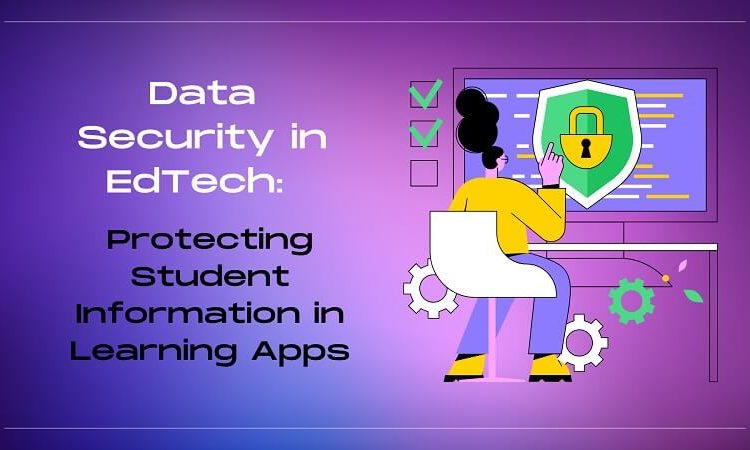Data Security in EdTech: Protecting Student Information in Learning Apps

Are you concerned about protecting student data in learning apps? This article outlines the top strategies and best practices to keep your students’ information safe and secure.
The Growing Importance of Learning Apps in Education
The digital transformation of education has led to the widespread adoption of various tools, with learning apps standing out as a leading learning solution. These apps offer personalized learning experiences and resources for students across different levels of education. However, their increasing popularity also brings about the essential responsibility to ensure data security. Protecting student information within these applications is paramount, not just ethically but also from a legal perspective in many jurisdictions.
The Sensitivity of Student Data
Student data covers a broad spectrum, from academic performance insights to personal details like names, addresses, and in some cases, financial data. Also, this data’s sensitive nature necessitates its careful handling. Unauthorized access or mishandling can lead to severe implications, such as identity theft, financial loss, or damage to a student’s academic and personal reputation.
Why Data Security is Critical in Learning Apps
- Trust and Reputation: Parents, students, and educators place their trust in learning apps, believing that their data will remain safe. A breach can severely impact the reputation of both educational institutions and the developers behind these apps, leading to diminished trust and potential financial consequences.
- Regulatory Compliance: Numerous regulations worldwide mandate the protection and management of student data within learning apps. Failing to comply can attract substantial fines and penalties.
- Prevention of Cyber Threats: The increasing sophistication of cyber-attacks necessitates robust security in learning apps. Threats ranging from ransomware to outright data theft can not only disrupt the educational process but also compromise sensitive student information.
Best Practices for Protecting Student Data in Learning Apps
Data Encryption
Encryption forms the bedrock of data security in learning apps. By transforming information so that only authorized entities can decipher it, encrypted student data remains secure, even if breaches occur.
Role-based Access Control
Role-based access control (RBAC) is a mechanism ensuring that only individuals with the appropriate permissions can access specific datasets. For instance, a teacher may need access to student performance data, but not necessarily their personal or financial details.
Regular Security Audits
By periodically performing security audits, vulnerabilities in learning apps can be identified and addressed. Such proactive measures ensure continuous protection of student data.
Multi-factor Authentication
The adoption of multi-factor authentication (MFA) introduces an added layer of security. This method requires users to provide multiple verification forms before granting access, thus significantly deterring unauthorized users.
Choosing Reliable Platforms
The choice of platform plays a pivotal role in app security. For instance, Fliplet, a no-code app builder, enables users to quickly create learning apps. More importantly, it places a high emphasis on robust security measures, ensuring student data’s integrity and safety.
The Challenges Ahead
Despite the advancements in security protocols, challenges remain. Technological progression can sometimes move faster than the associated security practices. As educational institutions continue to adopt and rely on digital tools, the volume of student data that’s generated and stored increases, emphasizing the need for reinforced protective measures.
Besides this, Maintaining consistent security practices across all learning apps, given the multitude of developers and institutions in the digital education space, remains a significant challenge. Moreover, Elevating data security standards continuously is essential.
Conclusion
The onus of safeguarding student data in learning apps lies with both developers and educational entities. By leveraging advanced security tools, maintaining vigilant monitoring, and relying on trustworthy platforms, student data protection can be upheld. As EdTech evolves, ensuring data security will be vital for the continued success and reliability of learning apps.
Interesting Related Article: How to Encrypt Your Android Device to Secure Personal Data?

